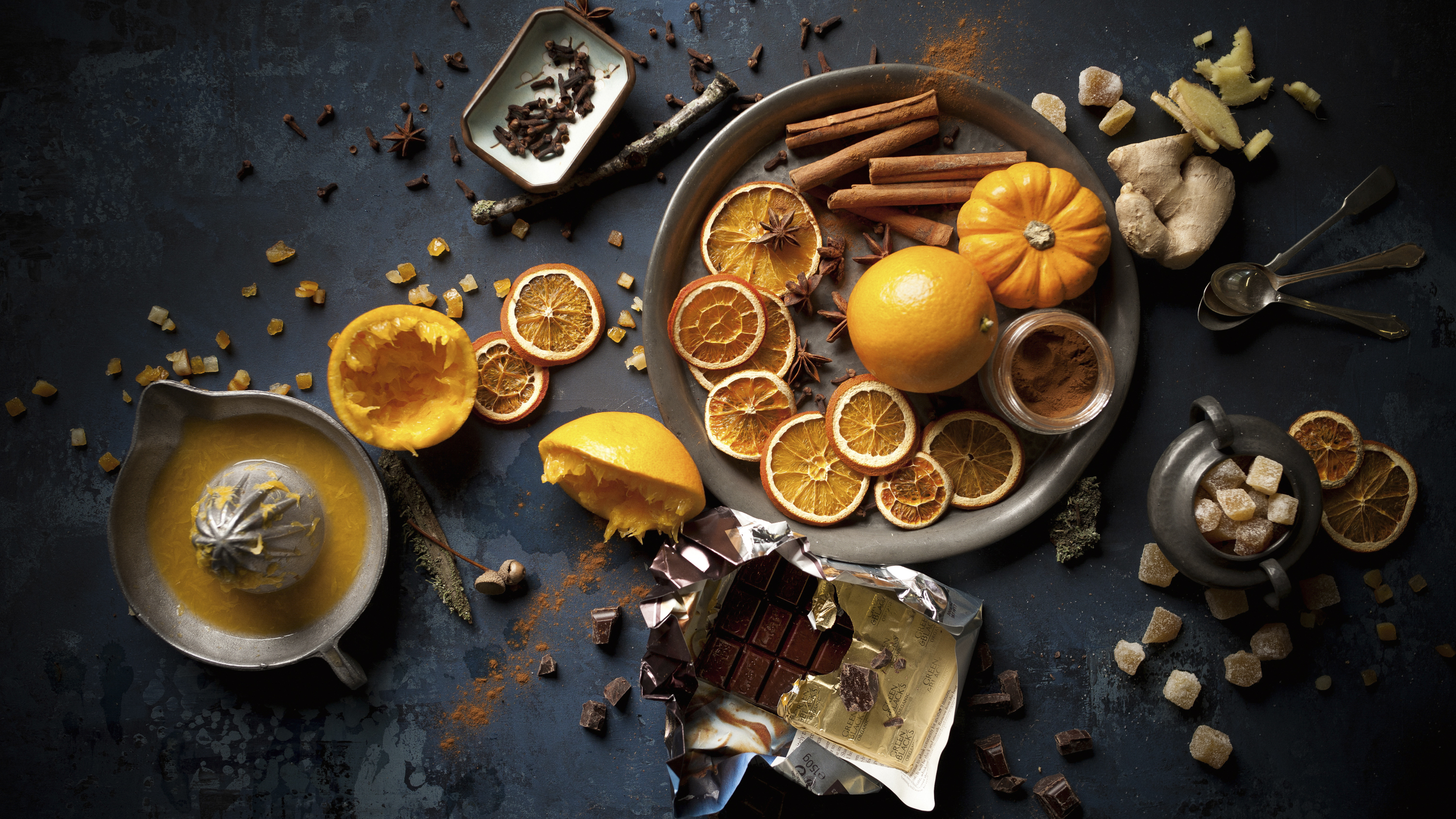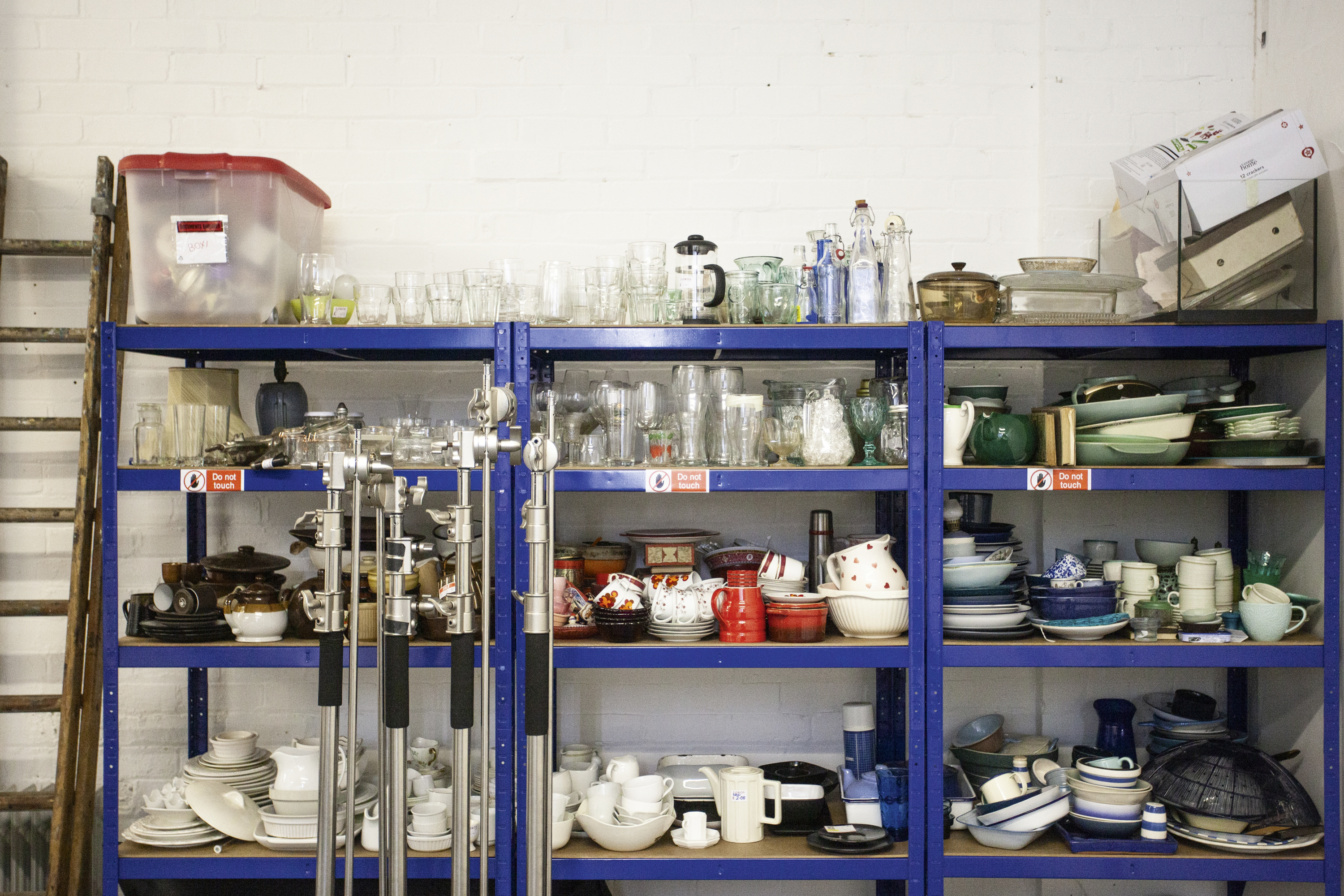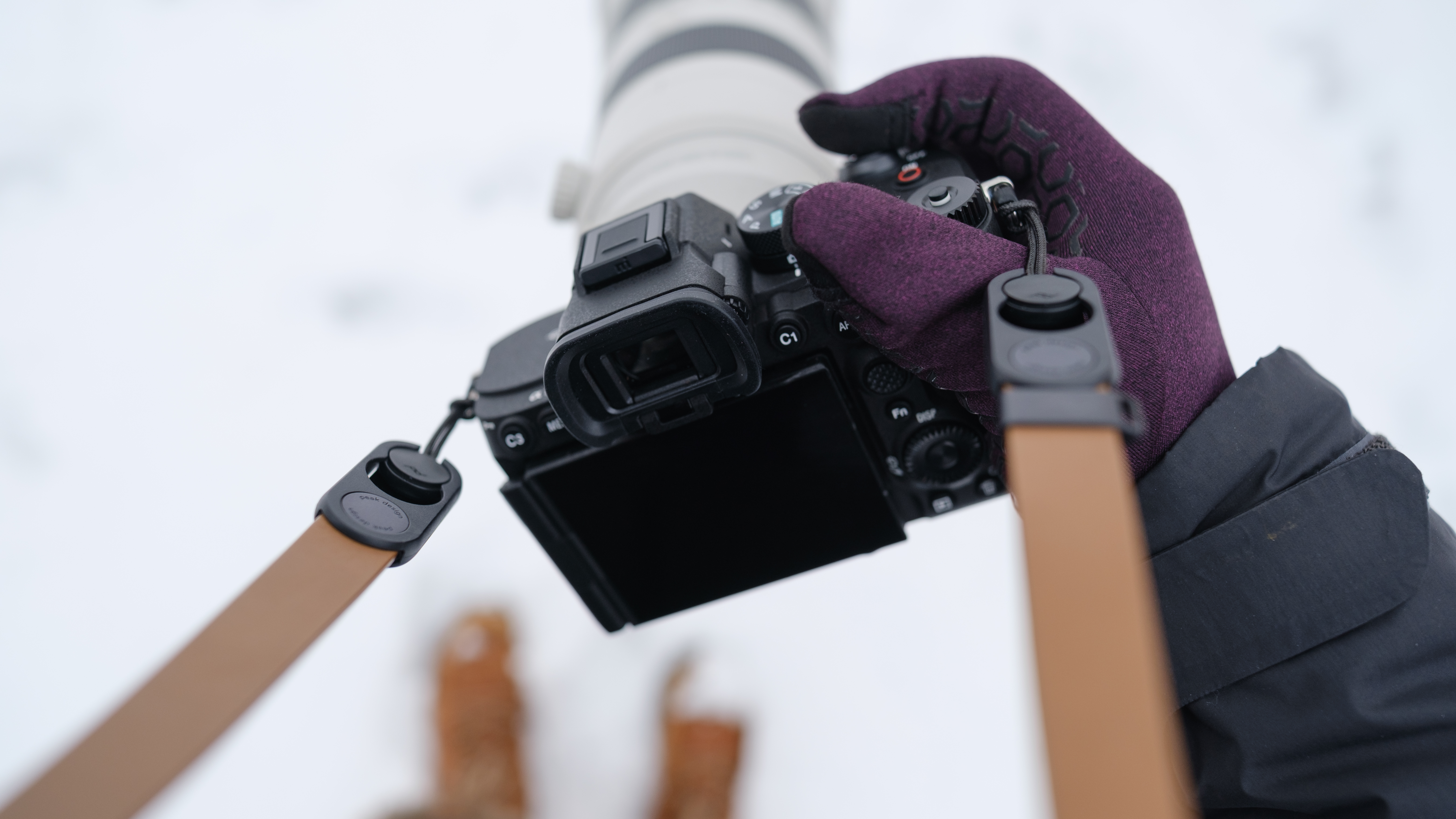Don't upgrade your camera or lens – get a studio space instead!
Food photographer Scott Choucino shares some of the pros and cons of building your own creative environment

Rather like a home, a photographer’s studio space is very personal. You know exactly the sort of functionality you’re going to need and the way you want it all to look and feel. For this reason, it can be worthwhile setting up your studio on your own, rather like a DIY project.
Of course, your first step is to calculate the benefits of doing so – can you afford to build and operate a studio space? Will it pay for itself over time? Is it worth the investment in terms of both time and money? If you’ve addressed all these questions and decided the answer is yes, then you can start thinking about both the studio space you require and the sort of location that might be suitable.
• The best photography lighting kits
Pro food photographer Scott Choucino explains that identifying an appropriate place is your first challenge. “The first step to building a studio is to find a suitable space. This can be anything from a garage to a large industrial building, [but] understanding what you plan to shoot is the first step, then you need to work backwards from there. You will always have to compromise, unless your funds are high. I needed somewhere where I could build a workshop, kitchen and offices."
Scott Choucino is a professional food photographer based in the UK represented by Lisa Pritchard Agency.

"I needed a ground floor room with loading bays and 24-7 access. One of the biggest requirements and challenges was finding a place with a high enough ceiling. I have 15-feet-high ceilings, and I regally have lights grazing them. It took me about three months to find a suitable place for this.
Once I had procured the space, with a limited budget I started the build. As photographers, we are often a bit spend-happy when it comes to the equipment, so working out what it is that you will be shooting and what your budget is will narrow down the options considerably. This was done in small stages so as not to disrupt my work. When I started out I had zero DIY skills. This is certainly something I had to pick up quickly to keep the build price down.”
The biggest step is the mental and financial move of having a space you are responsible for. It takes any amateur or professional into a very new situation. You suddenly have something that you need to justify and produce suitable work from. I think it is a great way to push yourself forwards. You can always downsize if it doesn’t work out.”
The best camera deals, reviews, product advice, and unmissable photography news, direct to your inbox!
What size studio space do you need?
The size and type of studio needs to be carefully considered according to what you will be shooting. This is a very tricky balancing act, as a bigger space with more equipment will naturally enable you to shoot a wider range of subjects, but at a greater startup cost. Sticking to the minimum will cost you less and is probably the sensible choice for most photographers. The possible downside, however, is that you could soon find that you are limited in some way – if you have to turn down jobs, or perhaps even relocate in the near future, then your costs will ultimately be higher in the long-term.
“The space required for a studio is so varied,” says Scott. “I know photographers who shoot major still-life ad campaigns from tiny rooms with one window, right through to commercial photographers who have warehouses four times the size of mine. The key is to be specific to your needs. Unless you have very deep pockets, work towards your niche and find ways to compromise elsewhere.”
Plan out your space first
Remember, too, that “the little things” can trip you up along the way: “Realizing the blinds for your studio will cost £3,000 because of the sheer size and number of windows. Not checking the electrics thoroughly first, and all of those things you would be sure to check when buying a house. Make sure you really plan the space out and have time inside it before committing. My last studio move was very rushed as I was in desperate need of space, so I missed a few issues that have cost me a lot of money since.”

Don't forget the camera kit – and keep it simple
Lastly, don’t forget the camera kit your new studio space will require. “Kit is a funny one”, explains Scott. “I know professionals who use one camera, a 50mm lens and a window, and then others who have fleets of Phase One cameras and Broncolor lights. For me, in my area of work I need a lot. I have ten to 15 lights, four cameras, loads of specific tilt shift and prime lenses and mountains of props and backgrounds. But when I started out and I was working as more of a portrait photographer, I had a white paper roll and support system, two speed lights, two cheap white umbrellas and a wall of AA battery chargers. It is surprising how much you can get done with a very small amount of kit.”
Ultimately, it’s important to have belief in what you want to do: “Just get started – having a studio in your house or as a separate property is a great venture, and it can really help your creativity. My space is far more important to my work than any camera or lens upgrade. It is also really nice to separate my work and personal life, as at times they have both very much blurred into one.”
Top tips to set up your own studio
1 Bear in mind the cost You will need more money if you are going to purchase or rent a bigger studio space, which in turn will require more equipment, so don’t get carried away, but equally you should also be careful not to limit yourself.
2 Think about distance If your studio space is a great distance away from your home, you will incur costs in traveling between the two. Remember too that after a shoot that’s overrun, or a late finish, you’ll be glad of having just a short trip home.
3 Consider clients The environment your studio is in, not just the studio itself, will affect the customer’s perception of your business, and this might affect the costs involved so it is worth bearing in mind.
4 Think beyond the cameras You also need to provide toilets, waiting areas and refreshments for your clients, so remember to factor this into your plans.
5 Look and listen Does the space have lots of existing windows that let in daylight? If so, this might be tricky to eliminate. Similarly, if the area is noisy, might this interfere with your work in any way?
Read more
The best light stands
The best professional cameras
The best lenses for food photography
Digital Photographer is the ultimate monthly photography magazine for enthusiasts and pros in today’s digital marketplace.
Every issue readers are treated to interviews with leading expert photographers, cutting-edge imagery, practical shooting advice and the very latest high-end digital news and equipment reviews. The team includes seasoned journalists and passionate photographers such as the Editor Peter Fenech, who are well positioned to bring you authoritative reviews and tutorials on cameras, lenses, lighting, gimbals and more.
Whether you’re a part-time amateur or a full-time pro, Digital Photographer aims to challenge, motivate and inspire you to take your best shot and get the most out of your kit, whether you’re a hobbyist or a seasoned shooter.

